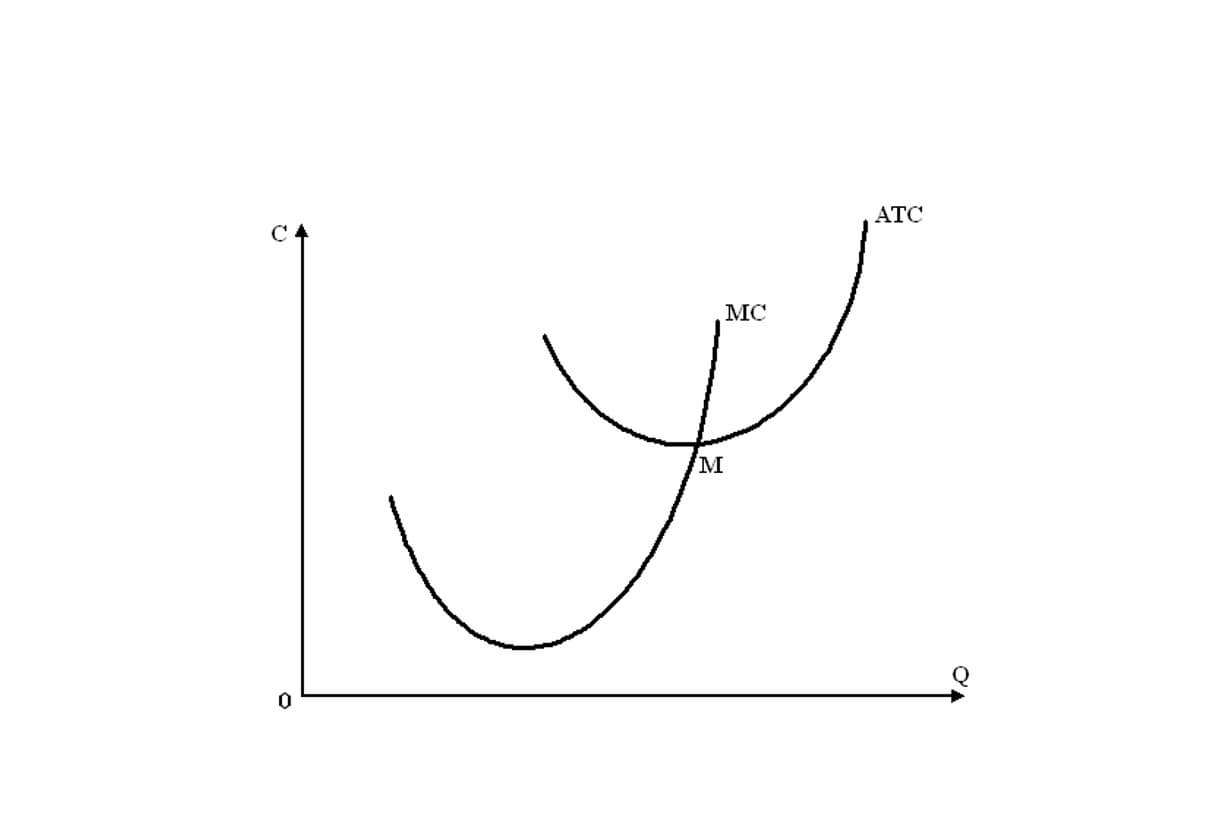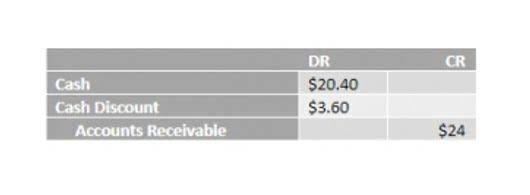
For instance, States like Virginia and North Carolina accept audited financial statements. At the same time, North Dakota requires an annual report, so it’s best to check your state’s requirements to ensure what’s needed. A cash flow statement for a non-profit organization is a financial report that summarizes the inflow and the outflow of cash during a specific period. It trial balance provides insights into the organization’s ability to generate money from its operations and how it manages its cash resources. An income statement, also known as a profit and loss (P&L) statement, summarizes a company’s financial performance over a specific period, typically a quarter or a year. It shows the company’s revenue, expenses, and net income or loss, providing insights into its profitability and overall financial health.

Basics and Best Practices of Nonprofit Accounting:

In conclusion, adopting proper accounting practices will help nonprofits maintain financial accuracy, transparency, and integrity. Utilizing specialized nonprofit accounting software can significantly streamline financial management, making it easier to adhere to regulatory requirements and optimize internal resources. Fund accounting is a specialized accounting method used by nonprofit organizations to track and report on their financial activities. It emphasizes accountability over profitability and ensures that funds are used as intended by donors and stakeholders. The final option is the fund accounting method, a type of accrual accounting method specifically used for nonprofit accounting. This method tracks income and expenses in separate funds to distinguish the sources of your revenues and expenses.
Taxes for nonprofits
For many larger nonprofits, the accrual basis provides a more comprehensive view of finances, assisting in strategic planning and management. Looking up a nonprofit’s Form 990—using services like Guidestar.org—can tell you a lot about its financial state. Managing a nonprofit bank account requires a nuanced understanding of how these accounts differ from traditional corporate bank accounts.
- Financial data finds its way into your state and federal tax filings and is examined in audits.
- While the accrual method can be more complex, it offers a nuanced view of a nonprofit’s financial health.
- An operating budget for a nonprofit outlines the expected revenue and expenses related to the organization’s primary activities over a specific period, usually one fiscal year.
- The basis of accounting is fundamental in shaping the financial reporting of any organization, including nonprofits.
- As a nonprofit professional, it’s essential to grasp the unique characteristics of the nonprofit sector.
- Without accurate and transparent accounting you can also lose the public trust about where resources are allocated.
Creating and Managing a Nonprofit Budget
Internal controls not only limit cases of fraud, but often aid in catching errors. Even if your nonprofit consists of only two employees, there should still accounting services for nonprofit organizations be a “checks and balances” system in place. No matter how big or small nonprofits are, internal controls are essential for effective nonprofit accounting. You also need to understand how to use this information to implement best practices for effective accounting decisions.

Don’t overthink overhead expenses.
- The primary guidelines your organization should know about are the GAAP standards.
- Donors, board members, and the public want to know how their contributions are utilized.
- In addition, when audit results are published for the public, the results aid in financial transparency with your current and future donors.
- Let’s break down how to set up a nonprofit budget, explore the steps involved in the budget process, and delve into the specifics of operating and capital budgets.
Regulators also require certain levels of financial disclosure to ensure that nonprofits are responsibly managing their resources. Because accounting for nonprofit organizations differs from accounting for traditional businesses, understanding the fundamental concepts is key. QuickBooks’ financial reports provide a clear overview of how grant funds are used. By integrating DonorPerfect’s fundraising and grant data, nonprofits can demonstrate the impact of grants and comply with reporting requirements. Outsourcing financial management allows nonprofits to leverage the expertise of professionals experienced in nonprofit accounting. It ensures accurate and efficient financial processes, freeing up internal resources to focus on the organization’s mission.

IRS Form 990:

DonorPerfect acts as a donor management system, recording donor information, contribution details, and campaign data. Integrated with DonorPerfect, QuickBooks captures these transactions and ensures proper classification, simplifying financial reporting. This statement helps stakeholders assess the organization’s financial health and stability. Assets are resources owned or controlled by the nonprofit, while liabilities represent obligations the organization owes to others. The net assets indicate the difference between the two, reflecting the resources the nonprofit has to further its mission. Although nonprofit accounting requires you to manage many moving parts, it becomes less complicated when you understand the fundamentals.
Nonprofits must ensure sufficient cash to cover operational needs and financial commitments. The nonprofit CFO leads the financial planning and budgeting processes, collaborating with program managers and the executive team to establish realistic financial goals and ensure effective resource allocation. Understanding the key aspects of accounting will help your nonprofit better recognize the financial situation of your own organization. But, when you grasp how to read various accounting documents, it becomes much easier to understand how finances function and move at your organization. Since 2017, you’re also required to disclose the “nature” of the activities your nonprofit lists on this report.
Fundamentals of Financial Accounting
It is crucial for nonprofits to present their financial position accurately to secure funding and ensure compliance with regulatory requirements. Understanding basic accounting principles ensures that https://www.bookstime.com/ nonprofits keep good financial data, and that this data is reported transparently to the organization’s donors and grantmakers, as well as to the public at large. This is vital in demonstrating that the nonprofit is a good steward of its resources and can therefore be depended upon for future support and funding. Nonprofit organizations in the United States are subject to various regulatory requirements to maintain their tax-exempt status. The Internal Revenue Service (IRS) is responsible for overseeing these organizations and ensuring they comply with applicable tax laws. Nonprofits must follow Generally Accepted Accounting Principles (GAAP), established by the Financial Accounting Standards Board (FASB), to prepare accurate and consistent financial statements.




